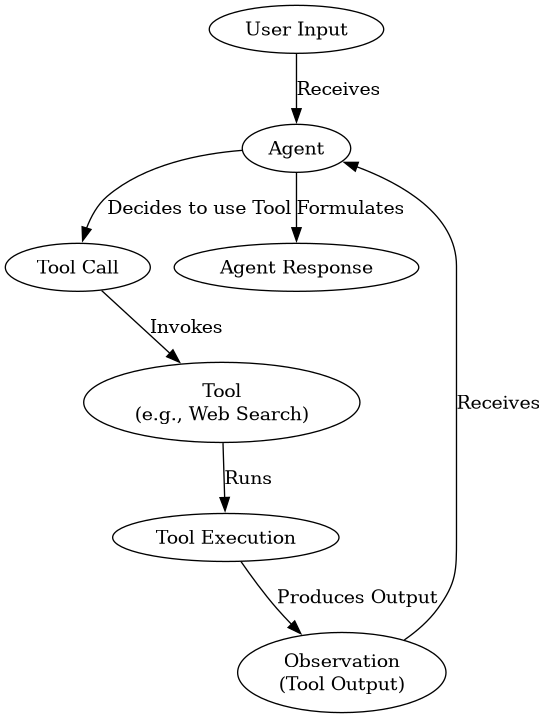Module 4: Agents and Tools
Now that you’re comfortable with basic inference and RAG, let’s explore the concept of AI Agents and how they can leverage tools to perform more dynamic tasks. Agents in Llama Stack are designed to reason about a user’s request and decide which actions (like using a tool) are needed to fulfill it. This module will introduce you to defining agents and equipping them with capabilities beyond just generating text.
By the end of this module, you will be able to:
-
Define a basic agent using the Llama Stack client.
-
Equip an agent with tools, including built-in capabilities like web searching.
-
Understand the fundamental concepts of an agent’s execution, such as "Turns," "Steps," and the "Tool Calling" process.
-
Run an agent to observe how it utilizes tools to respond to queries.
-
(Optional) Explore prompt chaining to enable conversational memory and context across multiple interactions.
Ready to give your LLM new abilities by adding tools?
Proceed to the 04_Agents_and_Tools.ipynb notebook and follow the instructions to work with Llama Stack Agents and discover the power of integrated tools!
Reference Material
In the world of AI agents, the ability to use external tools is a key feature. This diagram illustrates the typical flow of how an agent interacts with a tool to fulfill a user’s request, covering the concepts of Tool Calling, Execution, and Observation that you saw in the notebook.

Understanding this cycle helps explain the "Steps" you observed an agent taking. The agent reasons about the request, decides which tool is needed, calls the tool, processes the tool’s output (Observation), and then uses that information to provide a helpful response.